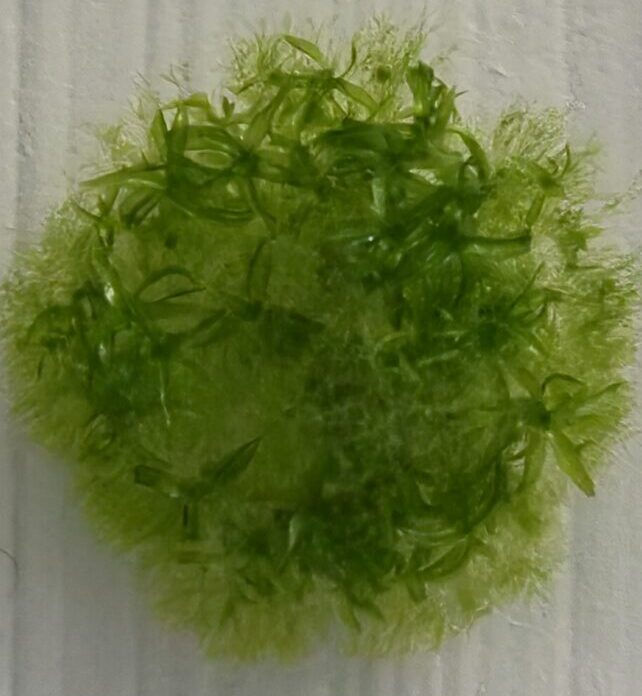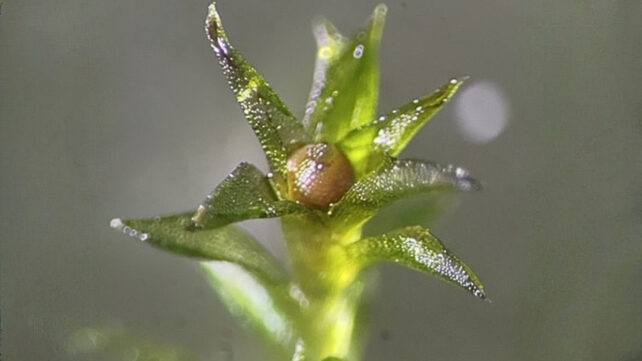Mosses, like the tardigrades of the plant world, are known to withstand extreme conditions, including harsh radiation and dehydration.
Now, researchers have exposed the spore-containing capsules of one prized species to the harsh extremes of space, and again, as with space-faring tardigrades, many survived unscathed.
"We expected almost zero survival, but the result was the opposite: most of the spores survived," says Hokkaido University biologist Tomomichi Fujita. "We were genuinely astonished by the extraordinary durability of these tiny plant cells."
The spreading earthmoss (Physcomitrium patens) is commonly used as a plant model by researchers, thanks to its unique traits, sequenced genome, and structural simplicity.
Related: This Plant Is So Extreme Scientists Think It Could Thrive on Mars
So Fujita and colleagues strapped their spore cases to the outside of the International Space Station (ISS) for nine months, to find more than 80 percent of their spores could still germinate on their return to Earth.
"Most living organisms, including humans, cannot survive even briefly in the vacuum of space," says Fujita.
"However, the moss spores retained their vitality after nine months of direct exposure. This provides striking evidence that the life that has evolved on Earth possesses, at the cellular level, intrinsic mechanisms to endure the conditions of space."

These traits are likely what allowed bryophytes, such as mosses, liverworts, and hornworts, to make plantkind's first leap from aquatic to terrestrial organisms, 500 million years ago.
These terrestrial trailblazers extracted nutrients from rocks to help create the soils that paved the way for more life to spread across our planet's dry zones. So moss is now of great interest to those with dreams of terraforming other worlds.
A series of experiments back on Earth suggested encased spores called sporophytes tolerated UV radiation, extreme heat, and extreme cold better than any other part of the plant's anatomy. So this was the part of the plant tested on the ISS.
Most of the spores were still viable on their return, and Fujita and team only detected a 20 percent reduction in their levels of chlorophyll a. The other forms of chlorophyll still functioned at normal levels, and this change didn't appear to impact the health of the spores.
"Ultimately, we hope this work opens a new frontier toward constructing ecosystems in extraterrestrial environments such as the Moon and Mars," says Fujita. "I hope that our moss research will serve as a starting point."
This research was published in iScience.

